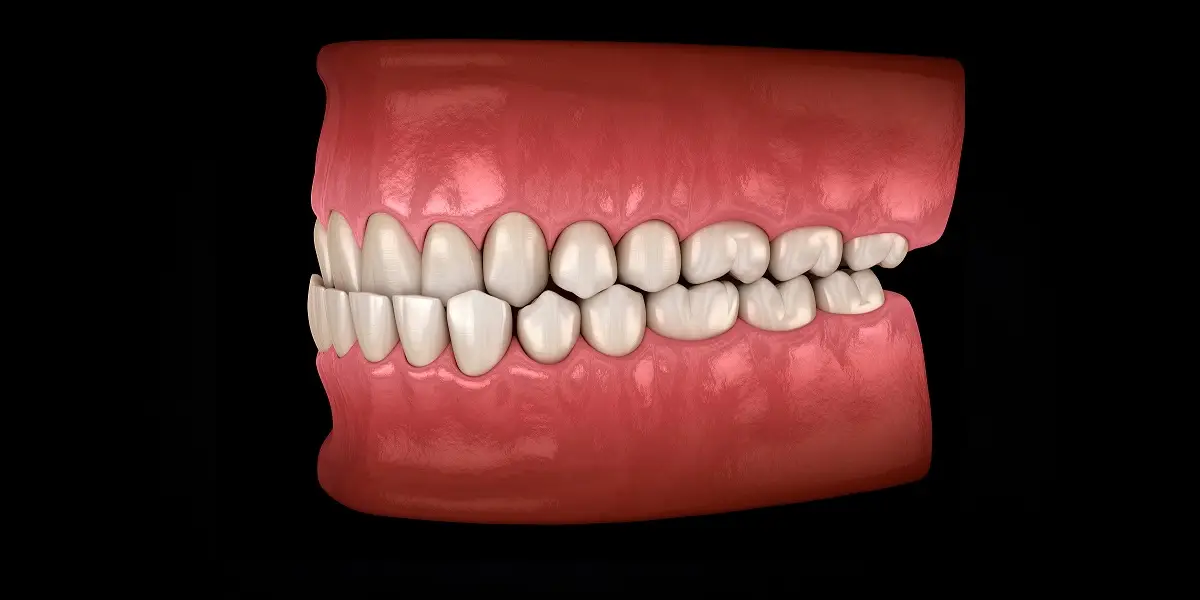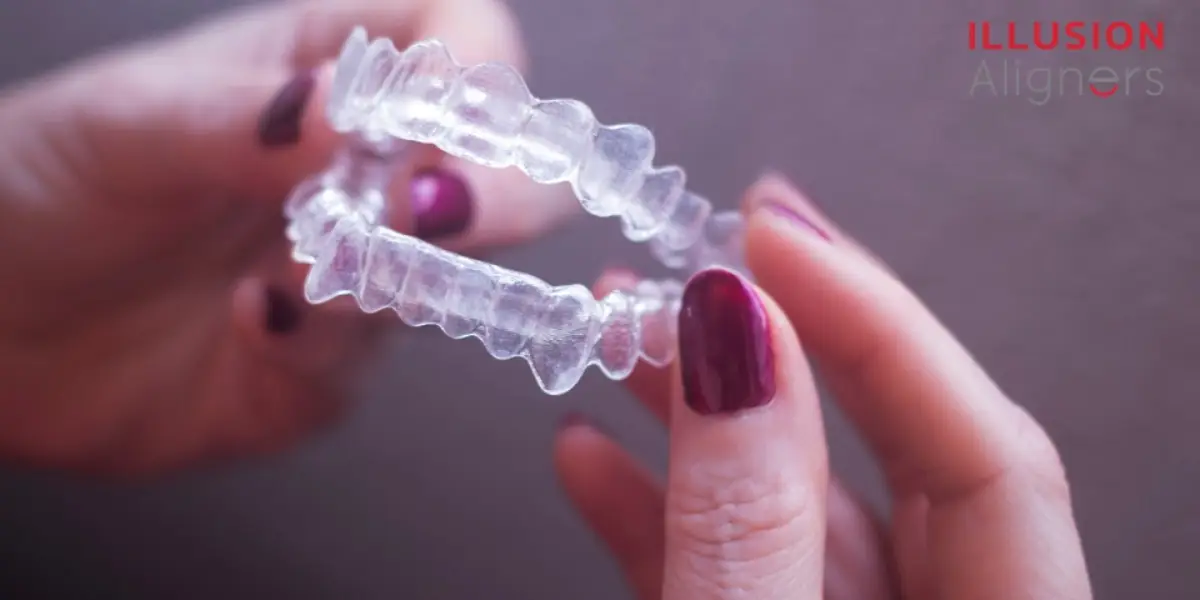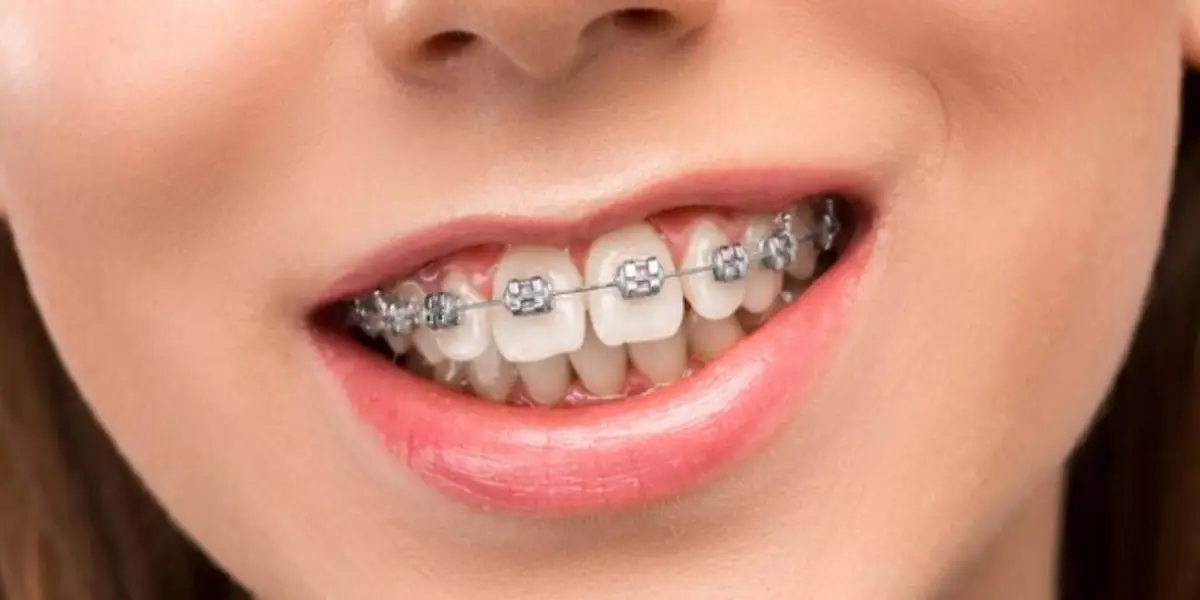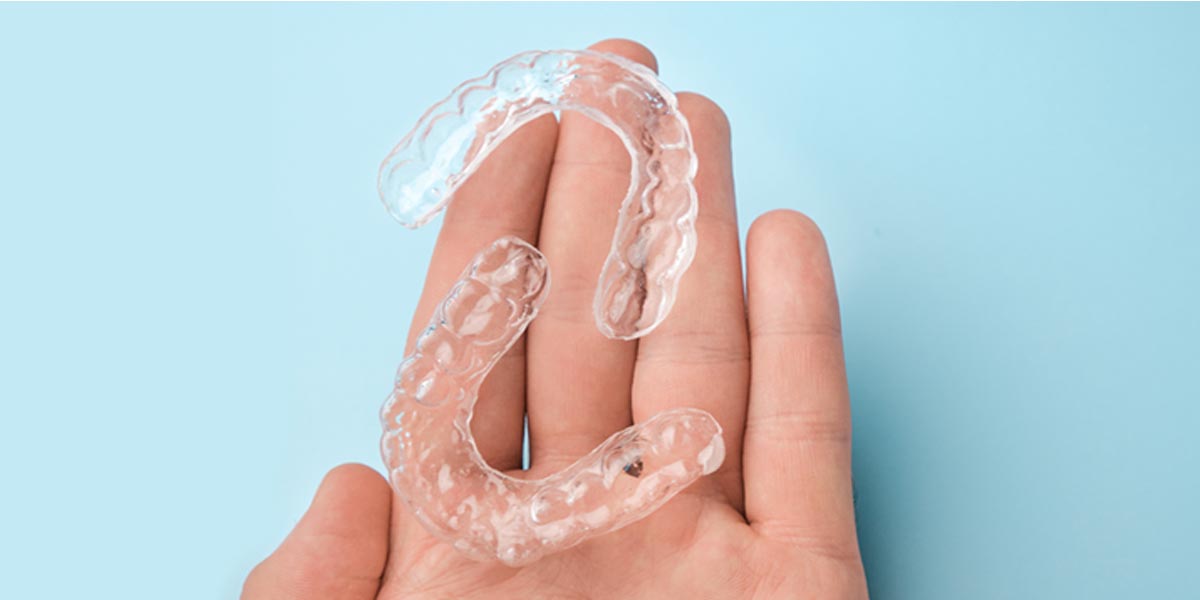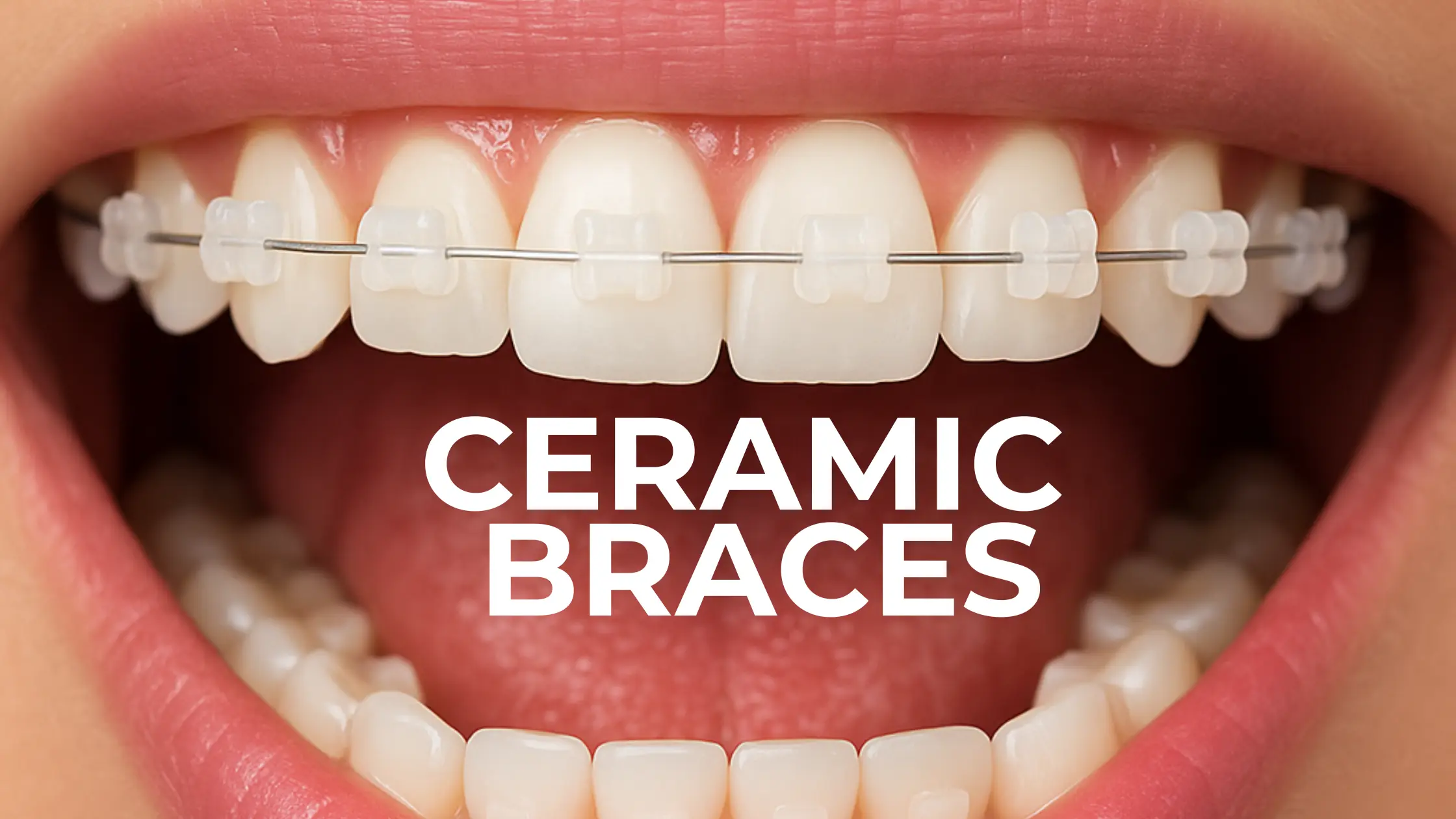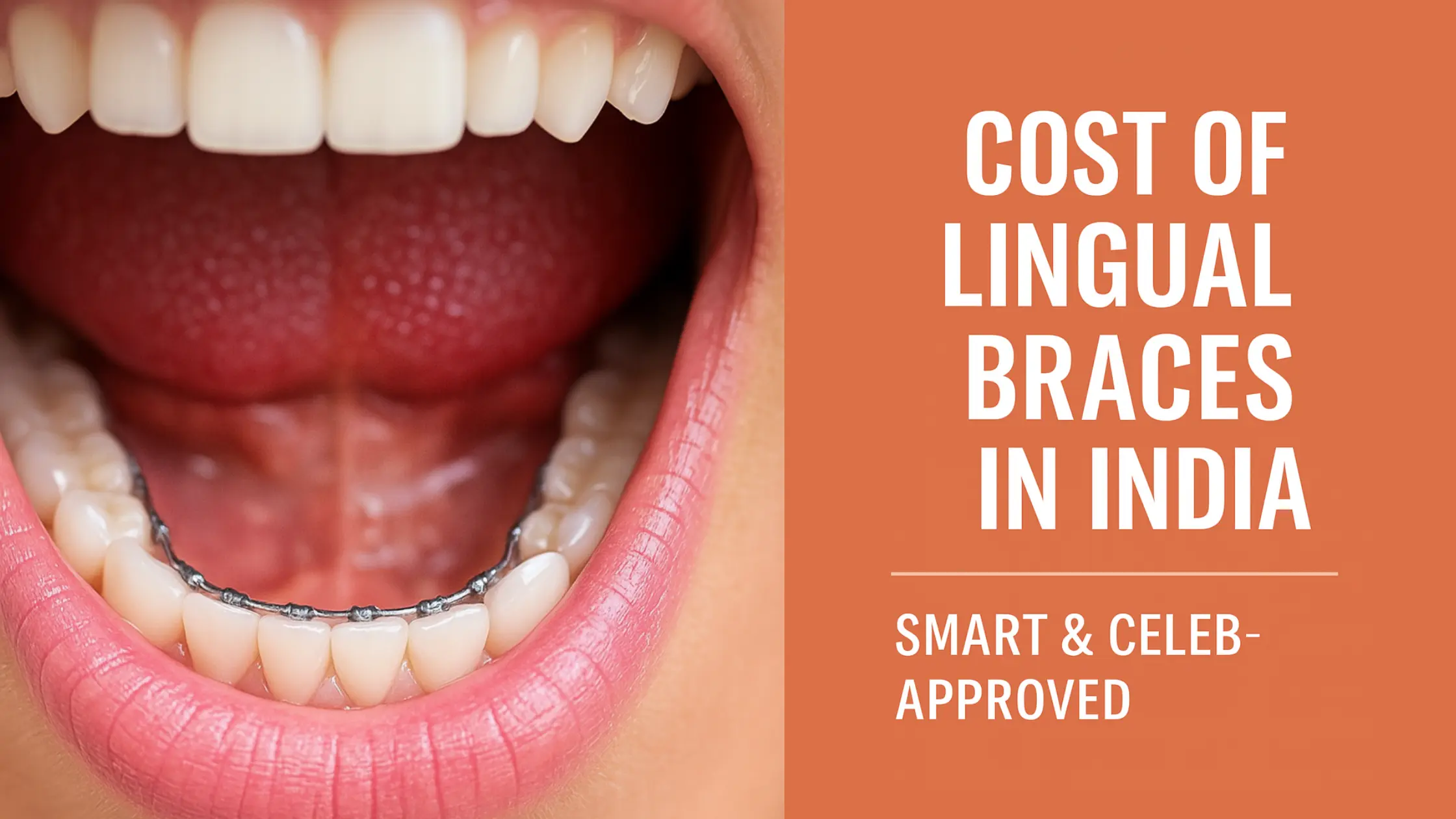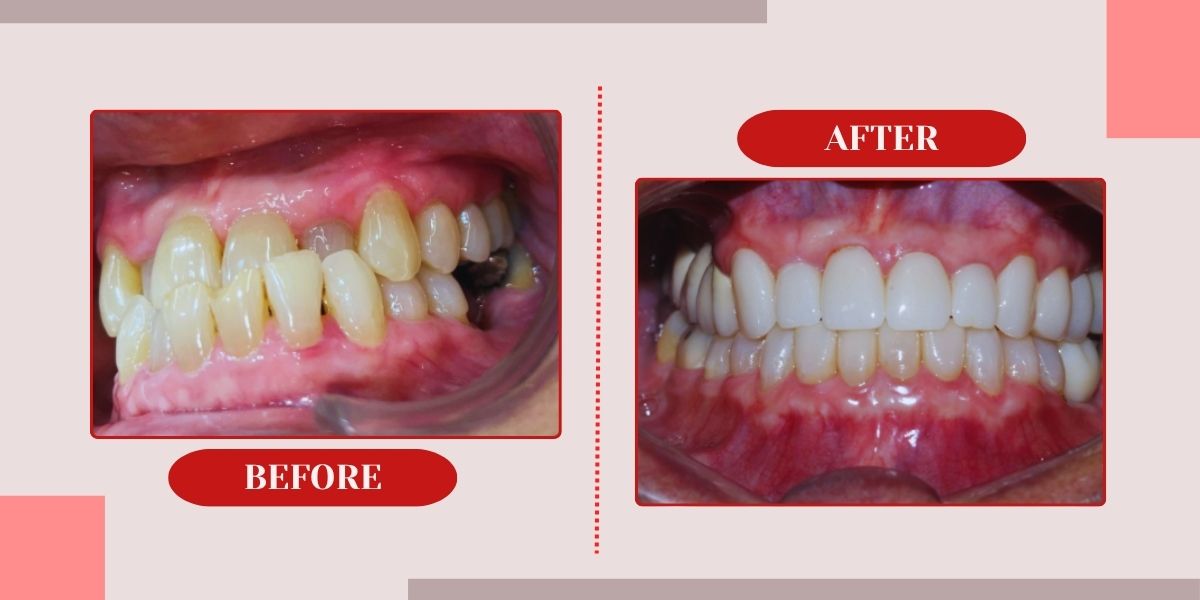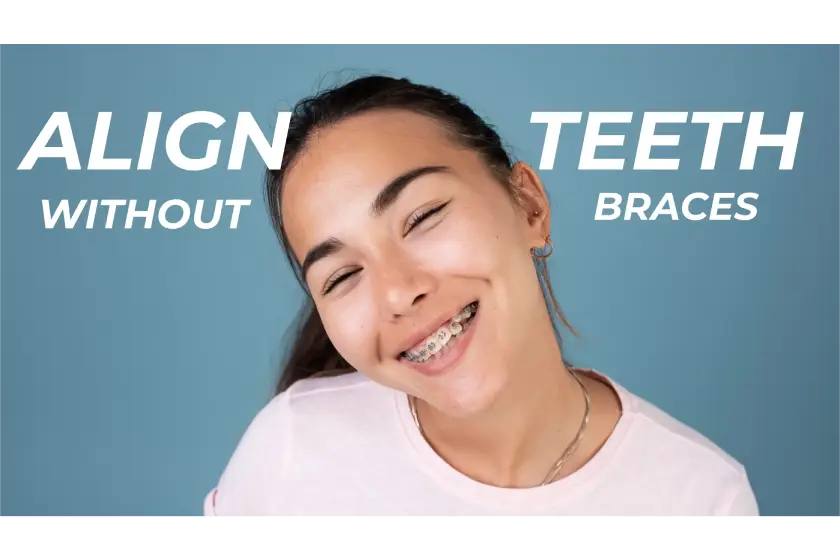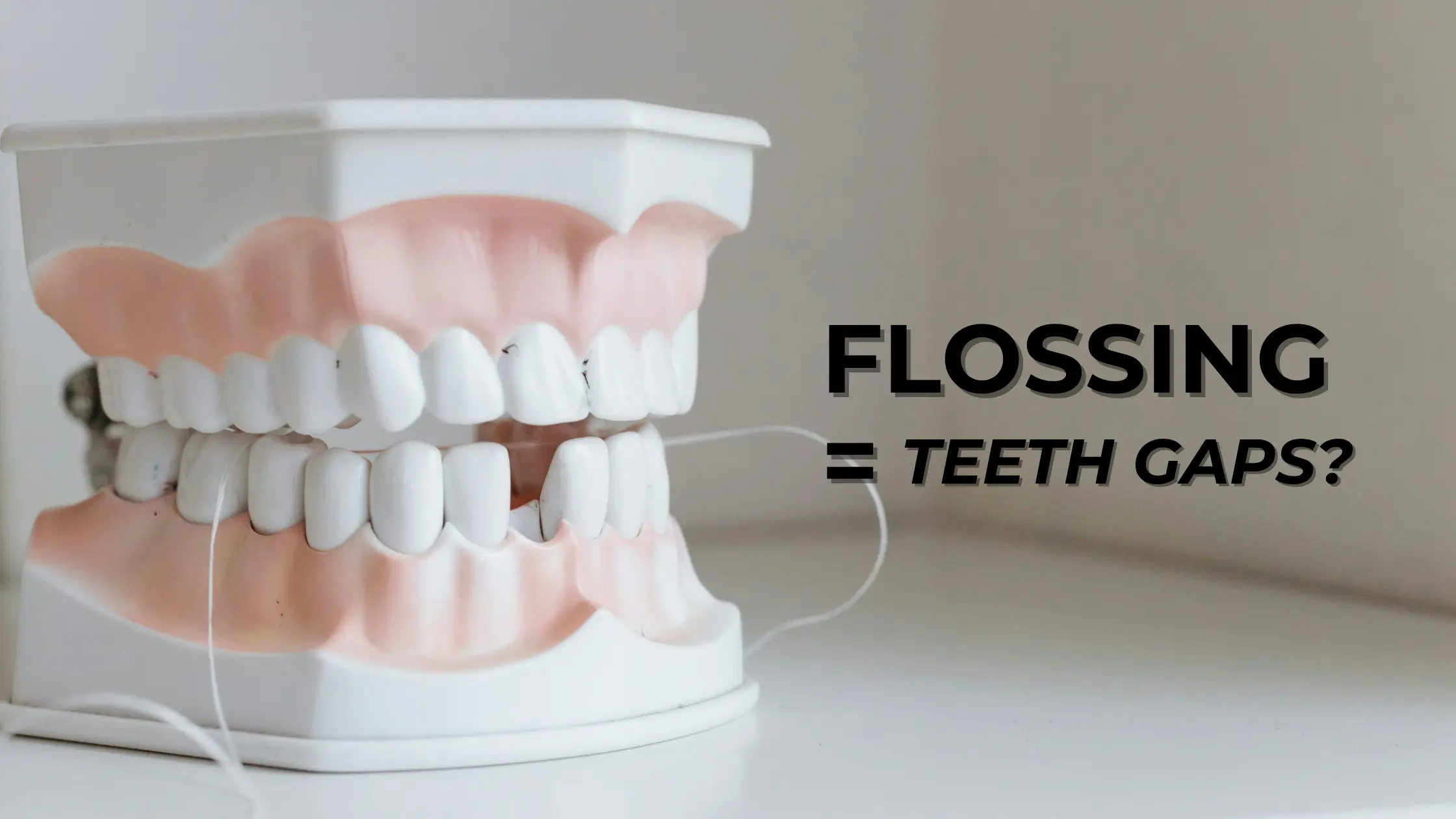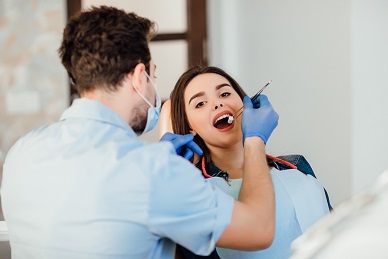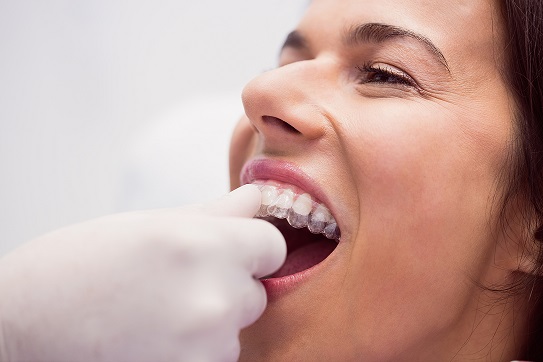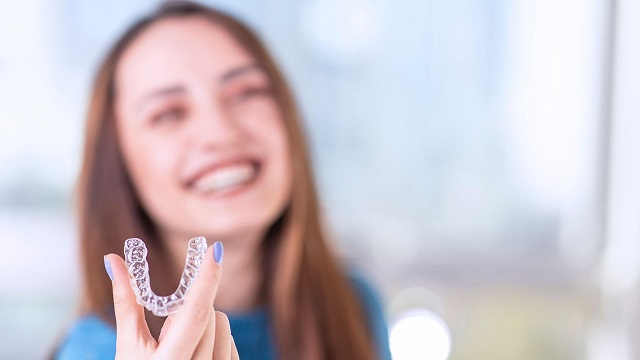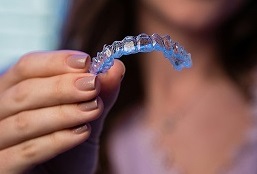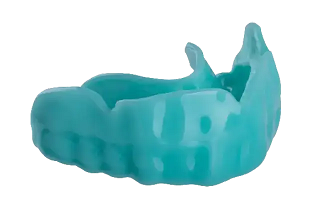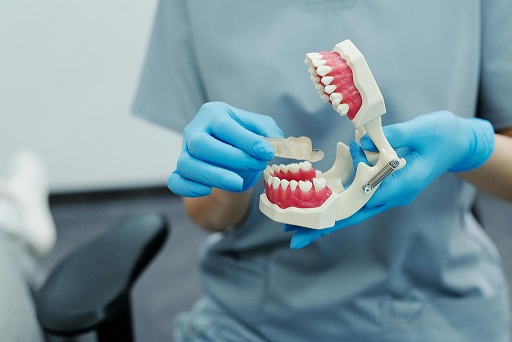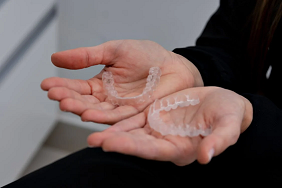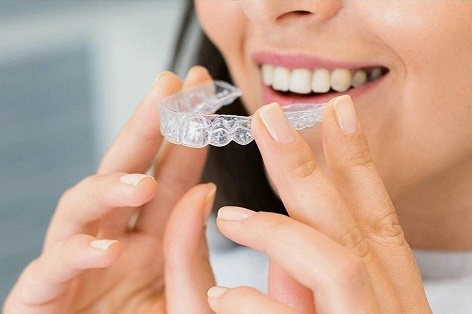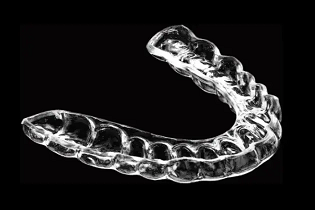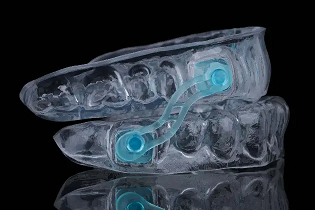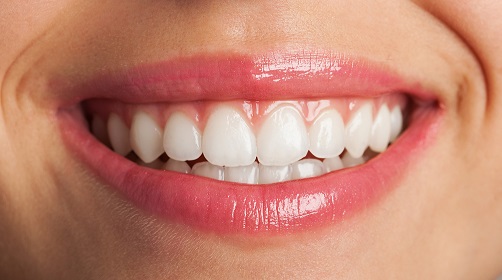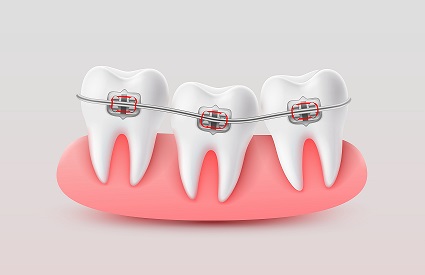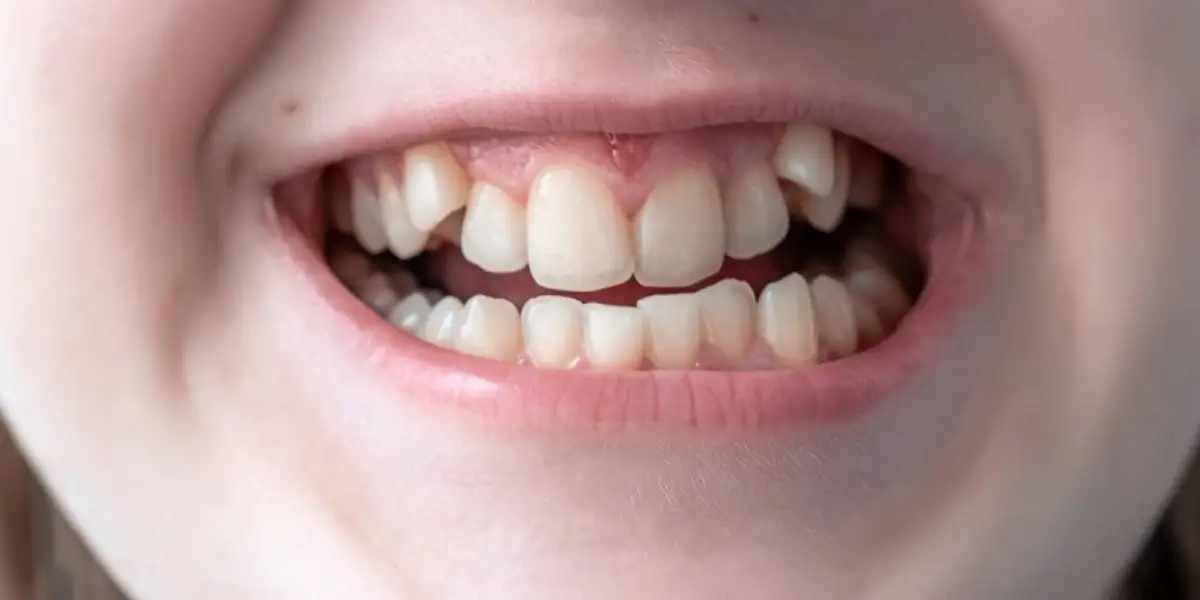
Publish on Jul 29, 2025
Understand Malocclusion: Causes, Symptoms and Treatment Alternatives
Introduction
Have you ever observed people with crooked teeth or oddly shaped jaws and wondered what it was? Are you someone who has teeth that don't fit correctly and wondered how to get them treated? Worry not! We're here to tell you what exactly that condition is and how you can fix it! When your teeth are crooked, or your jawbones aren't in the correct position, it's called Malocclusion of teeth. It can range from mild to severe and may affect both children and adults. This condition can lead to various oral health issues if left untreated.
We know the importance of a beautiful smile and the wonders it can do to an individual's confidence. Hence, in this article, we'll explore what malocclusion include, its causes, symptoms, and treatment options. And yes—if your dentist thinks it’s necessary, they may refer you to an orthodontist for expert care.
Malocclusion of Teeth: What it means?
The term "malocclusion" refers to improper tooth arrangement. It means the teeth are not correctly aligned when you close your mouth. This misalignment can cause a bad bite, where the upper and lower teeth don't fit well together. Malocclusion or crooked teeth can affect how your teeth look and work, depending on how severe it is.
In most people, it is a minor issue and does not need to be treated. However, severe cases need treatment as it interferes with their day-to-day functions like chewing food and speech and also affects overall health.
How Does Malocclusion include?
Malocclusion of teeth includes certain symptoms which are very easy to spot. Here are detailed symptoms of Malocclusion:
Visible Problems:
The most obvious symptoms Malocclusion include are visibly crooked, crowded, or protruding teeth. Severe malocclusion causes functional problems such as speech difficulties, improper chewing, and even result in lost teeth over time.
Difficulty Chewing or Biting:
Malocclusion can make it tough to bite or chew food properly. This may lead to digestive issues and poor nutrition if not treated.
Teeth Grinding:
Sometimes, Malocclusion can cause individuals to grind their teeth, especially at night while sleeping.
Speech Problems:
Severe Malocclusion of teeth can interfere with speech patterns. This causes difficulty in pronouncing certain words.
Jaw Pain:
Misaligned teeth can put a strain on the jaw joints, leading to discomfort or pain, especially while chewing or speaking. This pain may radiate to the ears or neck and can be continuous.
Tooth Wear and Gum Recession:
Malocclusion can cause wear and tear of certain teeth. This makes them very weak and prone to fracture or chipping. Misaligned teeth can also cause plaque buildup and food accumulation in certain areas. This leads to an increase in the risk of gum irritation, inflammation, and recession.
Breathing Problems:
In some cases, when Malocclusion is severe, it can affect breathing by causing obstruction of the airway.
Lack of Confidence:
The visible effects of Malocclusion, such as crooked or protruding teeth, can impact an individual's confidence. This can make them feel conscious in public and avoid interactions with other people.
Causes for Malocclusion of Teeth
Hereditary Condition:
One of the most common causes of Malocclusion include genetic condition. It can be passed down through family generations. If your parents or close family members have a history of wrongly aligned teeth or jaw problems, there is a high chance that you can develop them.
Uncommon Jaw Development:
Irregular placement of jawbones from birth or growth of jaws during childhood can cause Malocclusion of teeth. This can be due to factors such as childhood habits like thumb-sucking, mouth-breathing or long-term bottle-feeding, which can affect the shape of the jaw.
Other Defects from Birth:
Some birth defects like cleft lip and palate can cause teeth to not be in their correct position. This leads to malocclusion of teeth while growing up.
Early Tooth Loss:
Losing baby teeth early in life without proper replacement can lead to the misalignment of permanent teeth as they emerge.
Poor Oral Habits:
Certain habits like tongue thrusting, teeth grinding, and nail-biting can affect the positioning of the teeth over time. These habits put pressure on the teeth, causing them to shift out of alignment and contribute to Malocclusion. Poor oral hygiene can also lead to lost teeth, which in turn can create gaps and shift the bite, worsening malocclusion.
Injury:
Trauma to the jaw and teeth from accidents can cause the teeth to shift from their position. This causes Malocclusion of teeth and affects bite as well.
Oral Health Issues:
Tooth decay can lead to gum diseases which might result in lost teeth or changes in tooth position. This ultimately causes malocclusion.
Tumors or Cysts:
Malocclusion include certain rare cases like tumor or cysts in the mouth or jaw. This can interfere with proper alignment of teeth.
Poor Nutrition:
A diet lacking in nutrition and certain vitamins and minerals like calcium, vitamin C and D can affect jaw development and contribute to bad alignment of teeth.
Types of Malocclusions Of Teeth
Overbite:
when the upper front teeth stand out excessively over the lower front teeth after biting down. Having an overbite can affect your ability to chew and bite and how your face and smile look.
Underbite:
when the lower front teeth stand out beyond the upper front teeth when closing the mouth. This, too, can affect how someone eats and change their appearance.
Crossbite:
when some of the upper teeth sit behind the lower teeth when biting down. This can happen with just one tooth or several teeth. Crossbites can cause chewing problems and make the jaw shift to one side.
Open Bite:
when there is a gap present between the upper and lower front teeth when closing the mouth. This gap makes it hard to bite. It affects the person's speech and appearance.
Crowding:
Crowding happens when there is not enough space for all the teeth to align properly. This makes it difficult to clean the teeth well and leads to decay.
What is the Classification of Malocclusion of teeth?
Classification of Malocclusion include Class I, II, and III.
Let us understand about the classification of malocclusion types.
Class I-
Under class I, the top teeth overlap the bottom ones. This leads to misalignment of teeth, but it doesn't affect biting and chewing. Class I can be corrected with simple treatments. There are three types of Class 1 malocclusion:
Type 1: The teeth of the first type point inward toward the tongue.
Type 2: In the second form, the upper teeth stick out while the lower teeth sag in.
Type 3: The third type has closely spaced top teeth tilting toward the tongue.
Class II-
The upper molars in class II malocclusions are too far forward compared to the lower molars. An undeveloped lower jaw or a huge upper jaw can be the source of this overbite. There are two divisions for class 2 malocclusions: division 1 and division 2.
Type 1: This type of malocclusion include misalignment of back teeth(molars), and the front teeth stick out. This can make the lower lip appear pushed back. It makes the jaw misalignment more apparent and visible.
Type 2: It represents a particular type of misalignment. In Class II division 2 the upper central incisors or upper front teeth are angled towards the roof of the mouth. The lower portion of the face seems smaller or shorter.
Class III-
A Class 3 malocclusion means the bottom teeth stick out more than the top teeth, causing an underbite. Sometimes, it can also mean some top and bottom teeth don't fit together right, which is called a crossbite. Class 3 misalignment is further divided into three types.
Type 1: The teeth in the mouth are shaped oddly.
Type 2: The lower front teeth face inwards towards the mouth or the tongue
Type 3: The top teeth face inwards towards the tongue.
How to Detect Malocclusion?
Your dentist can easily identify your Malocclusion and determine its type with the help of a few simple tests-
Examination:
Your dentist can discover the misaligned teeth with a visual examination of your jaw and teeth.
Dental X-rays:
These X-rays offer a proper and complete analysis of the type of case you have and help the dentist plan how to treat Malocclusion of teeth.
Family History:
Your family history will further help in your treatment. These details are essential to design your malocclusion treatment plan.
How to Prevent Malocclusion of Teeth ?
Regular Dental Check-ups:
Having regular dental check-ups with your dentist is necessary. It should be typically every six months. This allows your dentist to keep track of your teeth alignment and the development of your bite. These visits are important for catching any signs of malocclusion, lost teeth, cavities or gum disease. This will help in being treated early on.
Early Evaluation of Your Teeth and Jaws:
Children should have their teeth and jaws assessed around the age of 7. This lets them know about their orthodontic development and helps them find any signs of Malocclusion early on. Stepping in early and treating the Malocclusion, if present, helps to prevent severe malocclusions later in life.
Maintain Good Oral Hygiene:
Good oral hygiene habits help prevent tooth decay and gum disease from forming. By keeping your teeth and gums healthy, you can lower any possibilities that could contribute to incorrect alignment of your teeth. Some of these factors include overcrowding or gaps due to tooth loss from decay.
Healthy Diet and Nutrition:
Risks of cavities and malocclusion include consumption of sugary foods and drinks. Therefore, a balanced diet rich in nutrients, including calcium, phosphorus and vitamin D, supports good dental development.
Avoid Harmful Habits:
Stop yourself or your kids from having habits like thumb sucking, tongue thrusting, long-term pacifier use, and mouth breathing, as they can interfere with proper teeth alignment and jaw growth.
Protective Gear During Sports:
If you are someone who plays sports regularly, then you should consider wearing a mouthguard and headgear. They help protect teeth from trauma and prevent injuries that could hurt your jaws or result in lost teeth.
How to Treat Malocclusion of Teeth?
Individuals who have mild Malocclusion do not really require treatment. They can manage their day-to-day activities without any problem. Talk to an orthodontist or dentist who is experienced in treating tooth and jaw alignment problems. They will decide if treatment is required or not.
In children, if signs of malocclusion start appearing early, pediatric dentists often refer you to an orthodontist for early evaluation.
Some types of treatment for Malocclusion include-
Jaw Surgery-
If the jaw bones are responsible for the Malocclusion, then surgery is required to reshape the jawbone and correct the bite problem.
Fixed and Removable Mouth Appliances-
Devices like braces, clear aligners , retainers, and more can help straighten the teeth.
Removal of Teeth-
Removal of one or more teeth might also help create space and fix the Malocclusion.
Fix Teeth-
Some teeth might need to be reshaped or restored with crowns and fillings to fix the Malocclusion.
How long does treatment take?
Treating malocclusion is not a one-day task. Every treatment has specific time periods which will be informed to you by your orthodontist.
Clear Aligners are worn for 20-22 hours a day since they are removable. While metal braces are worn 24 hours a day, they are fixed.
Patients need to wear retainers for several hours a day, even after active treatment ends, to ensure results last long-term.
Caring for Your Oral Health
Irrespective of whether you have Malocclusion or not, taking care of your teeth is important. It's extra important to maintain oral hygiene if you have braces or retainers. This is because they can leave tiny spaces where food can get stuck. Here's what you need to do:
- Brush your teeth two times every day with a soft-bristled toothbrush and fluoride toothpaste
- Make sure to brush all around your teeth gently.
- Don't miss any spots, even the small ones.
- Use dental floss or water flosser once a day to clean your teeth and gums.
- Avoid hard and sticky foods that can stick to your teeth.
- Keep going to the dentist for regular cleanings to check for plaque and bacteria.
Conclusion
Now we know that Malocclusion is when our teeth don't fit together right, and it's a usual problem for many people. It can mess up your mouth and how you feel about your appearance. Knowing why it happens, the different types, and how to prevent it is essential. If your dentist suspects a misalignment issue, they’ll likely refer you to an orthodontist Things like early intervention, keeping your mouth clean, avoiding bad oral habits, and seeing the dentist often can help prevent it. If you fix it early and keep an eye on things, you can stop it from happening or getting worse. Having a beautiful smile and good oral hygiene is in your hands now!
Medically Reviewed By Dr Jaineel Parekh, MDS orthodontics
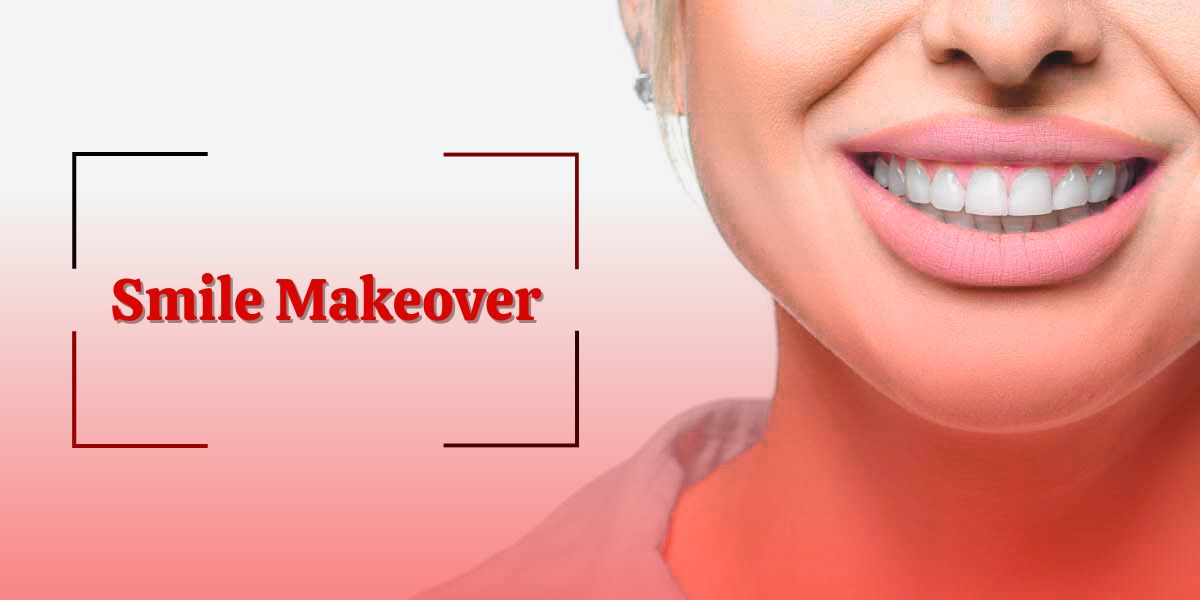
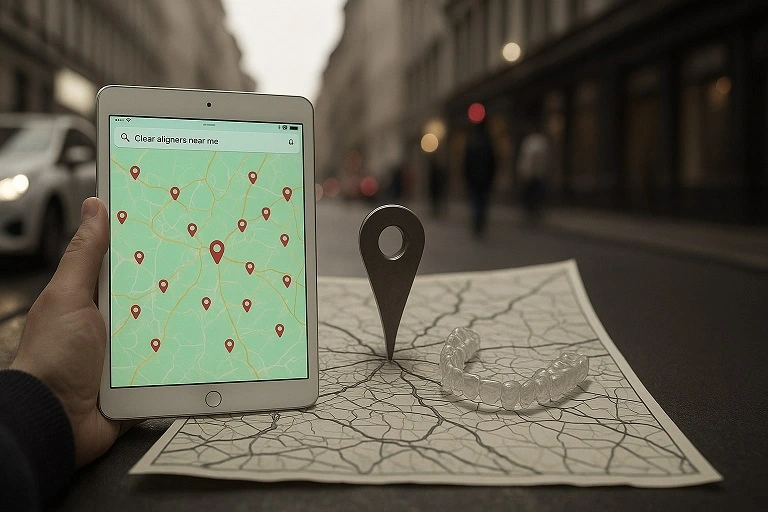
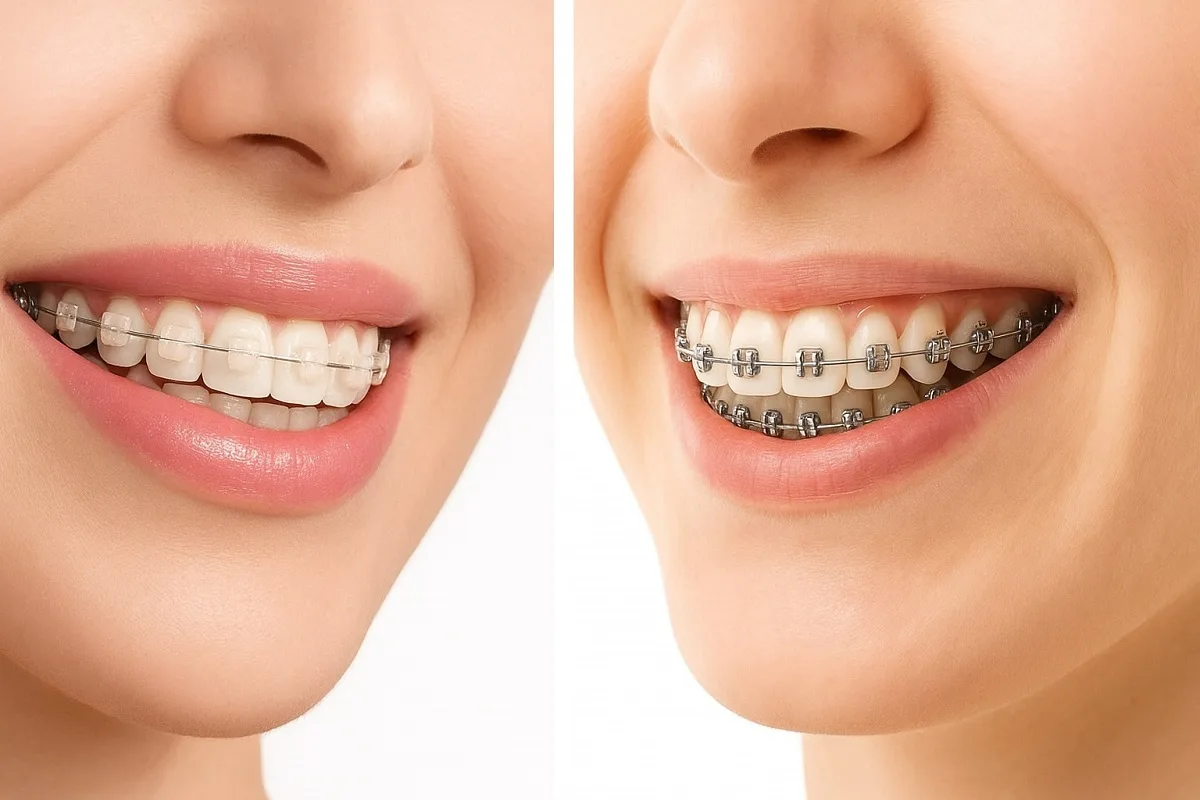
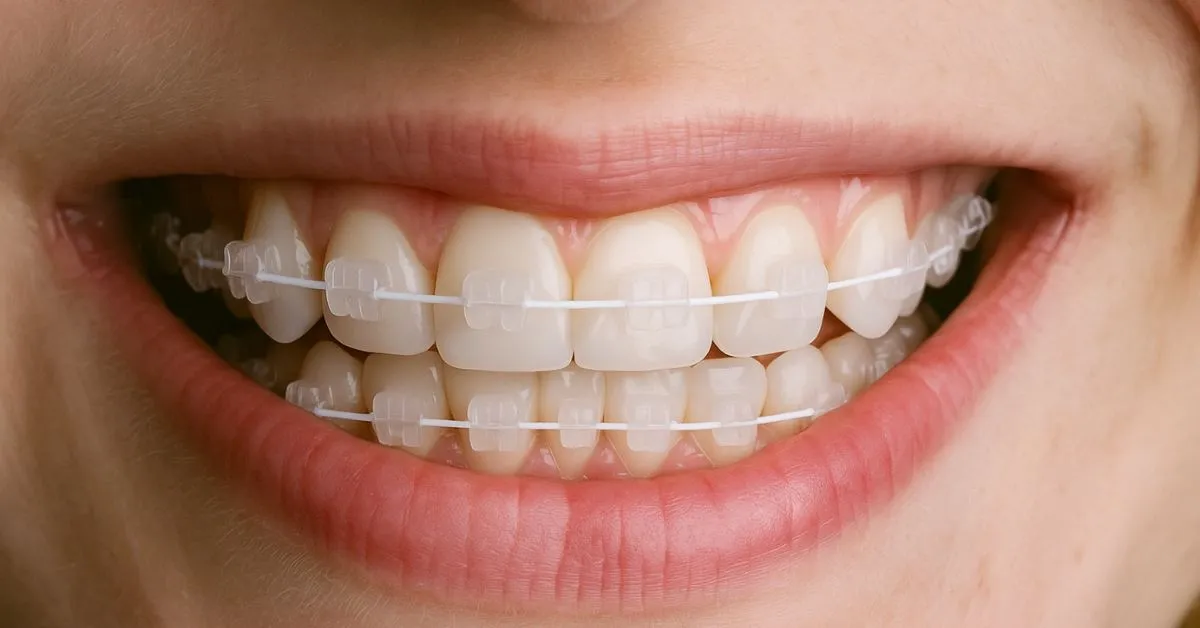
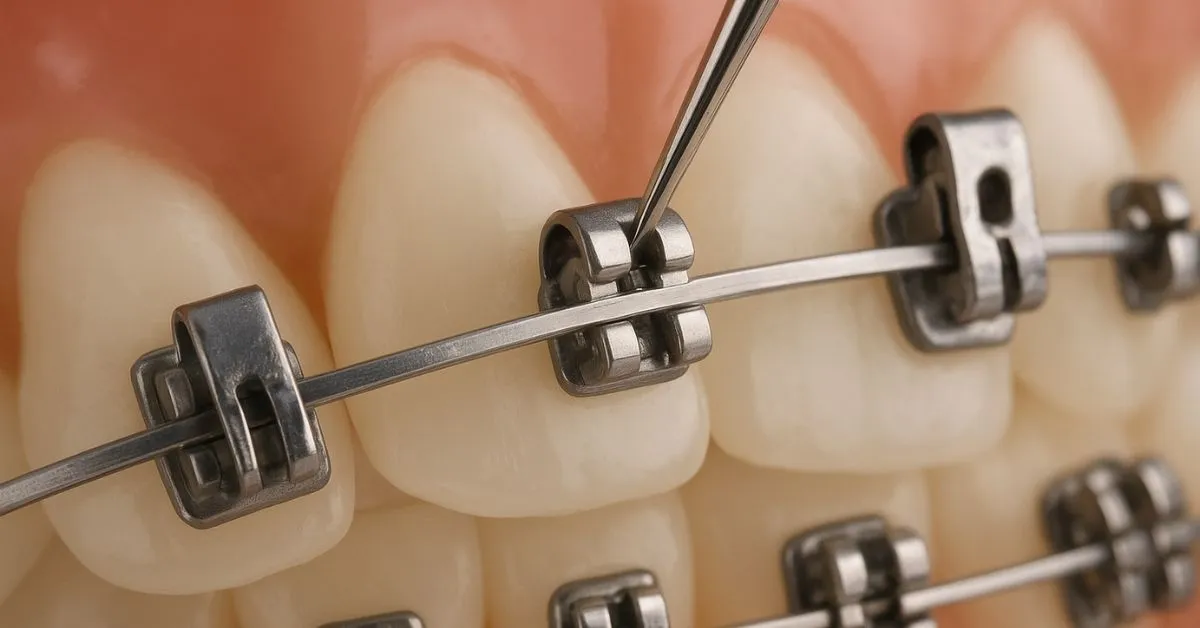
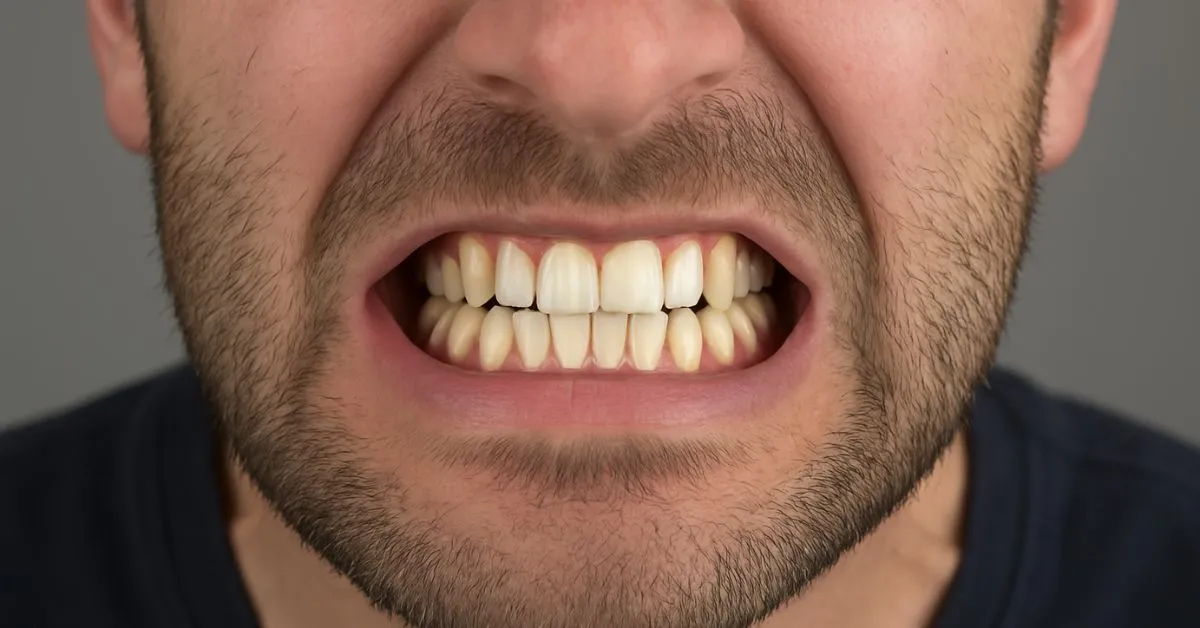
.webp
)
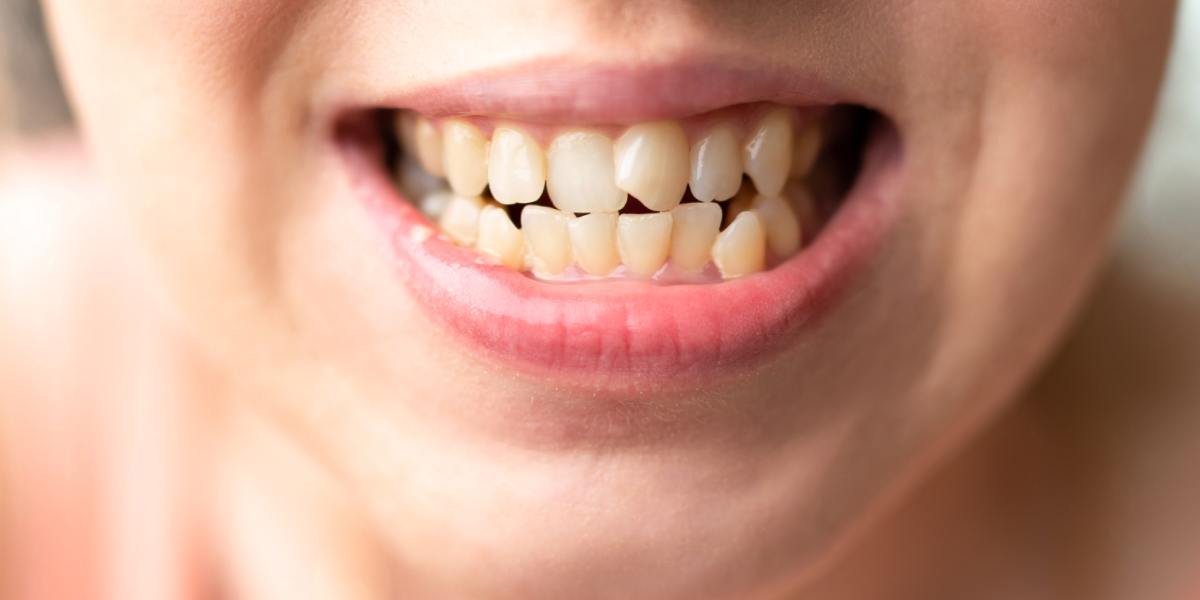
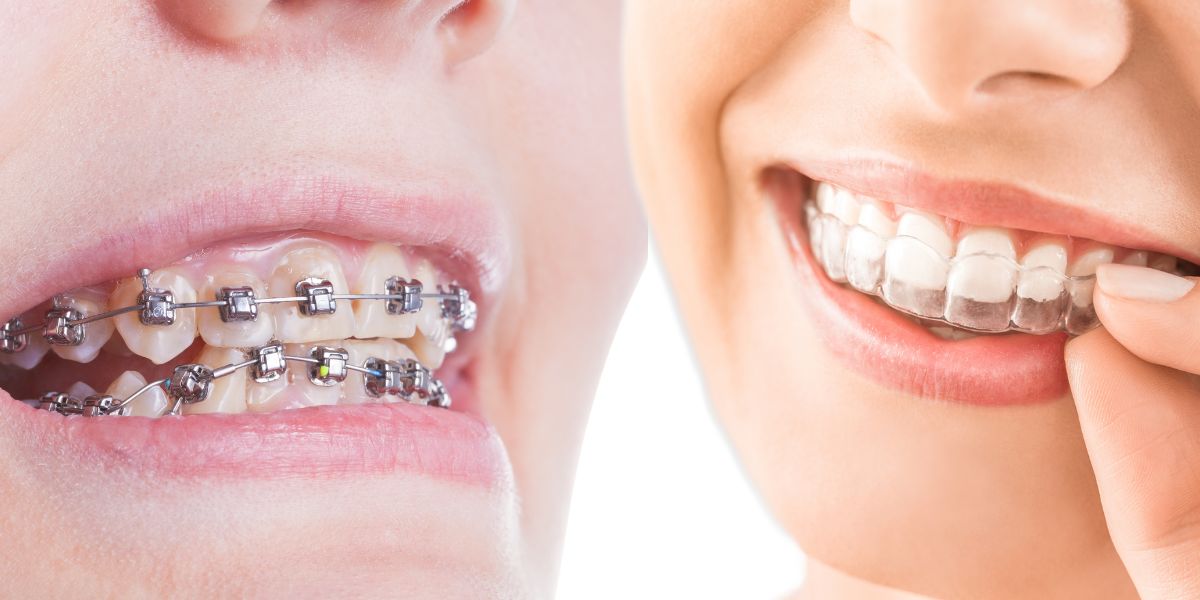
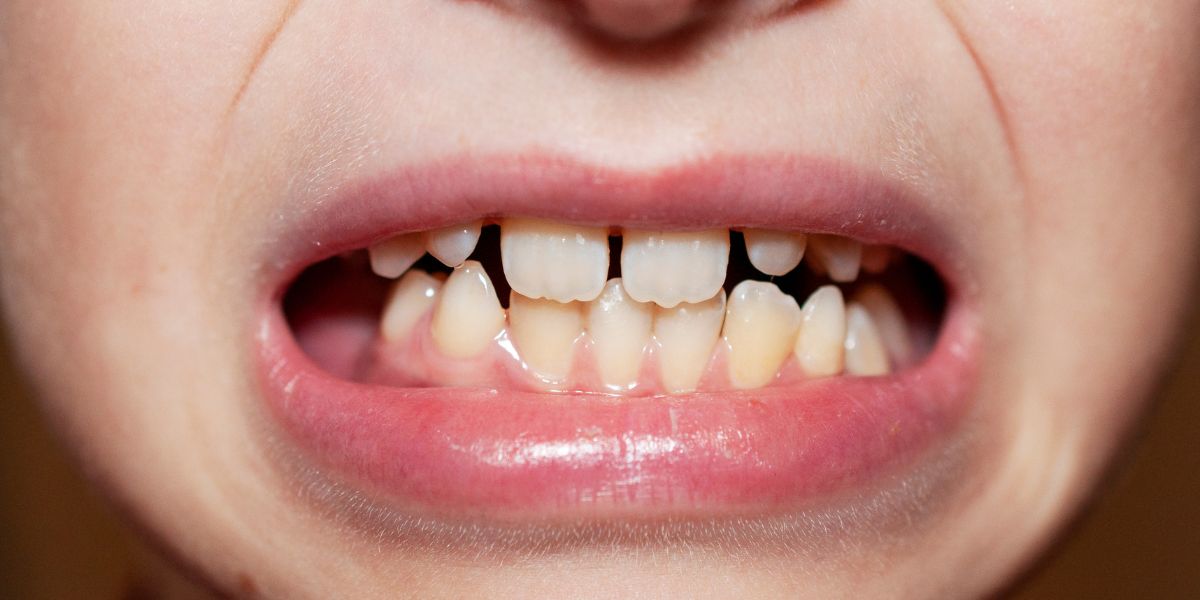
.jpg)
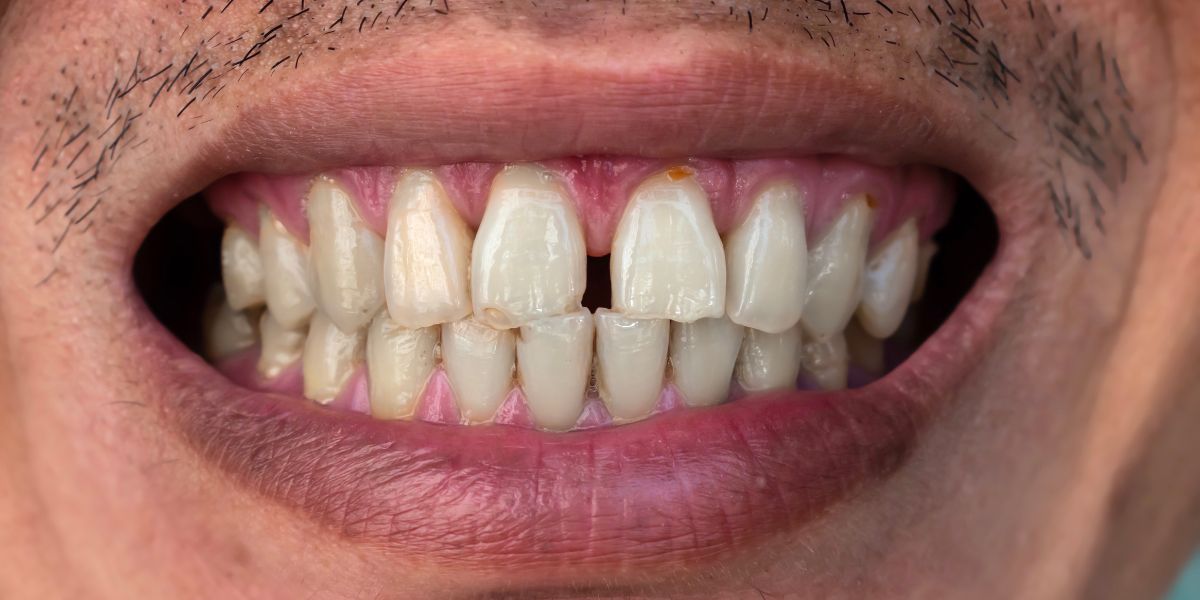
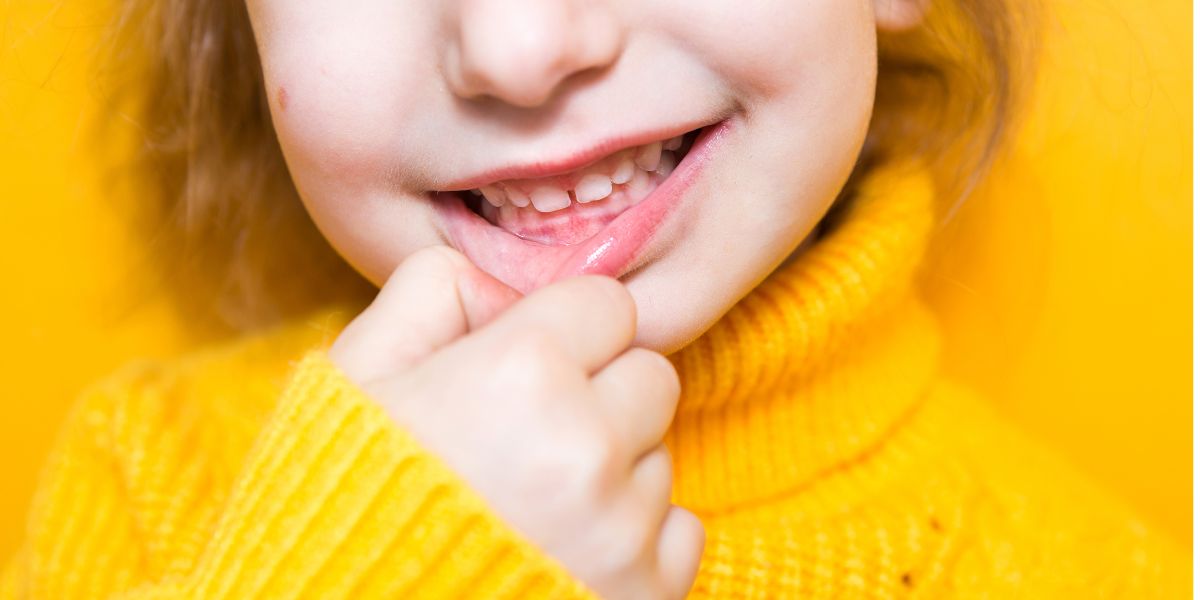
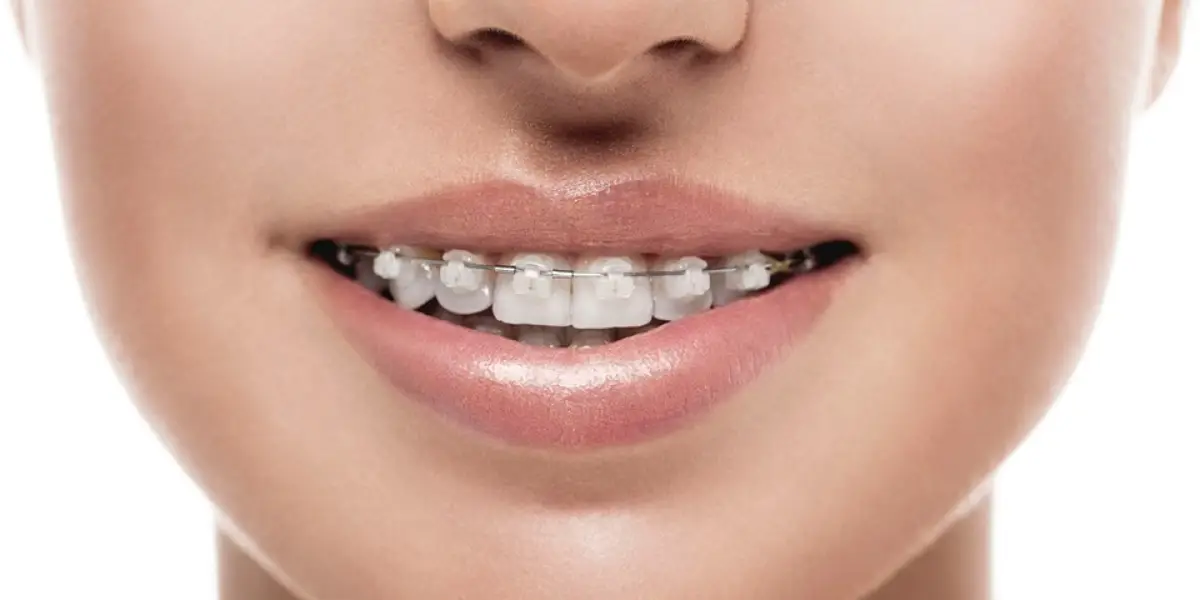
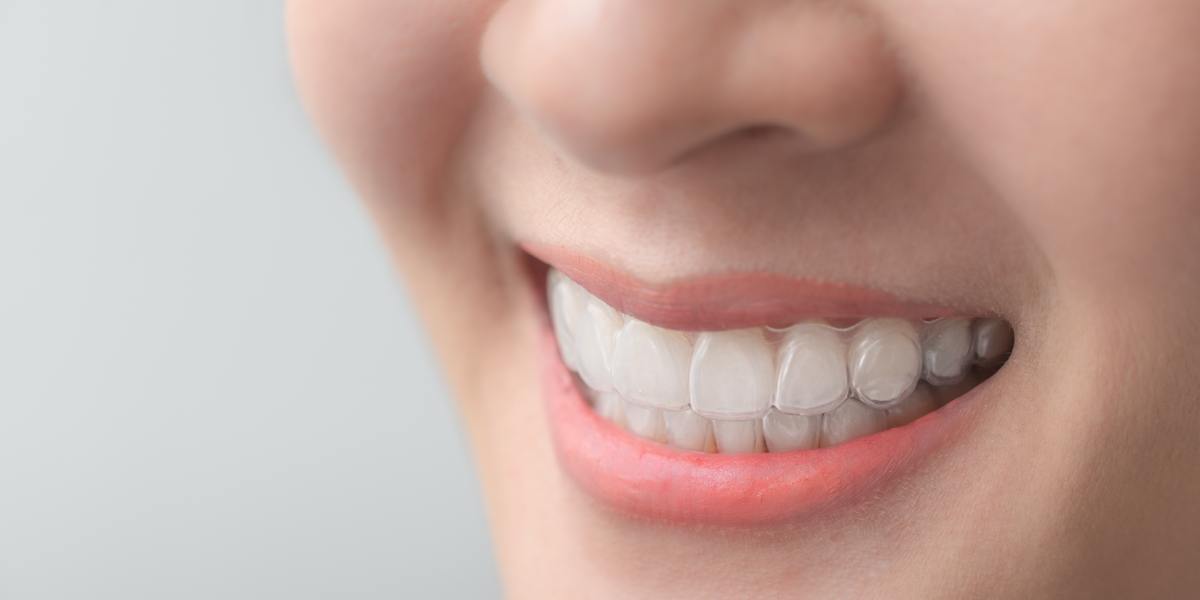

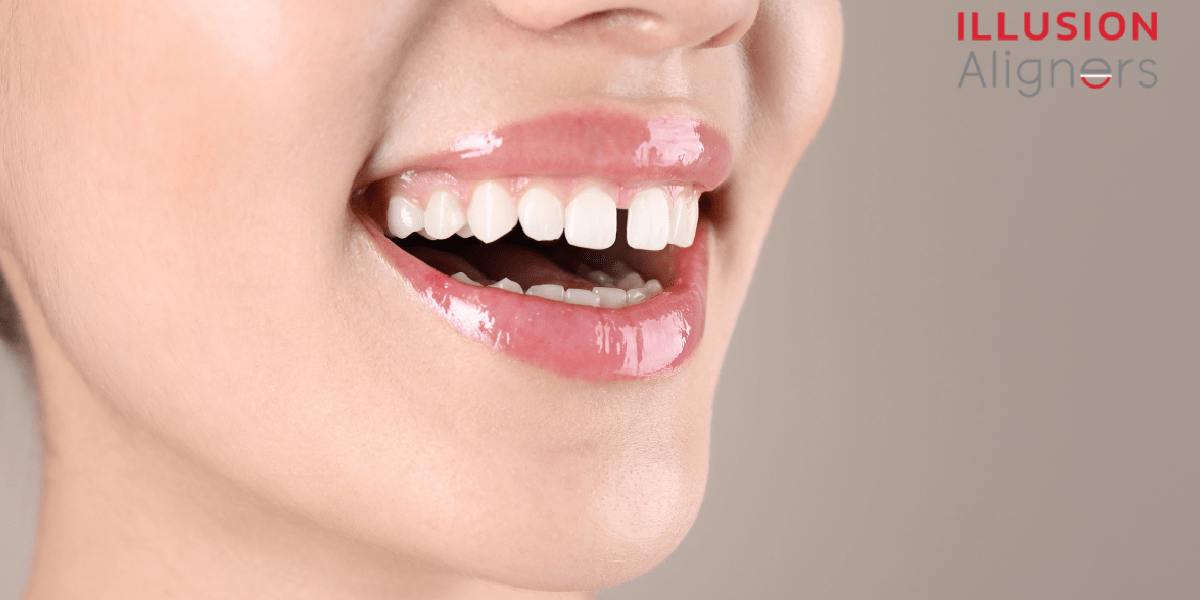
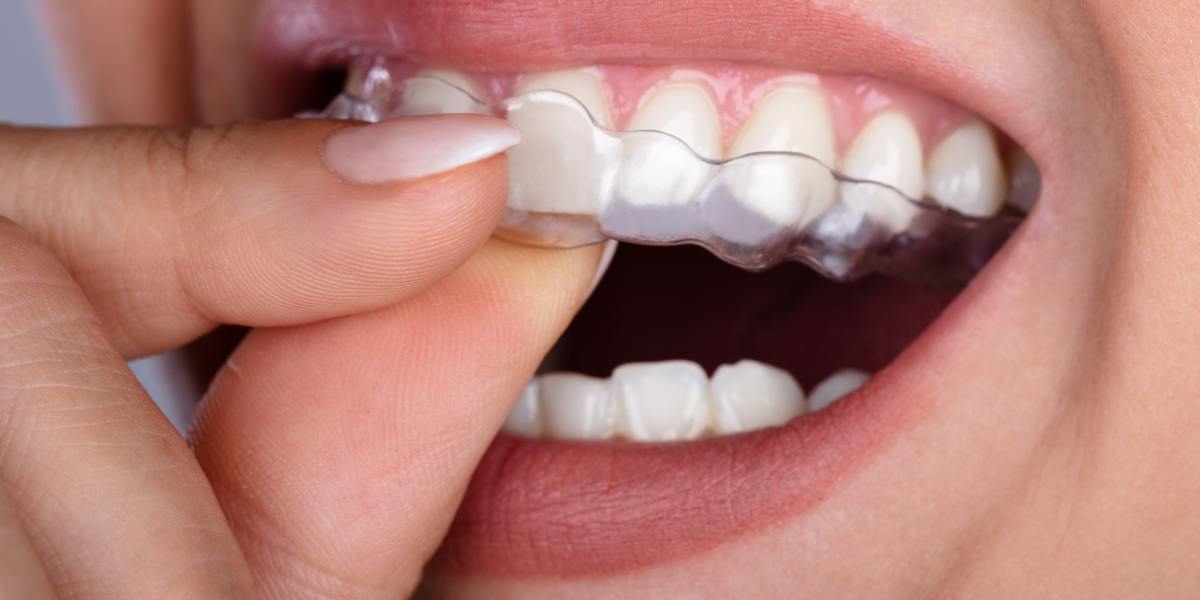
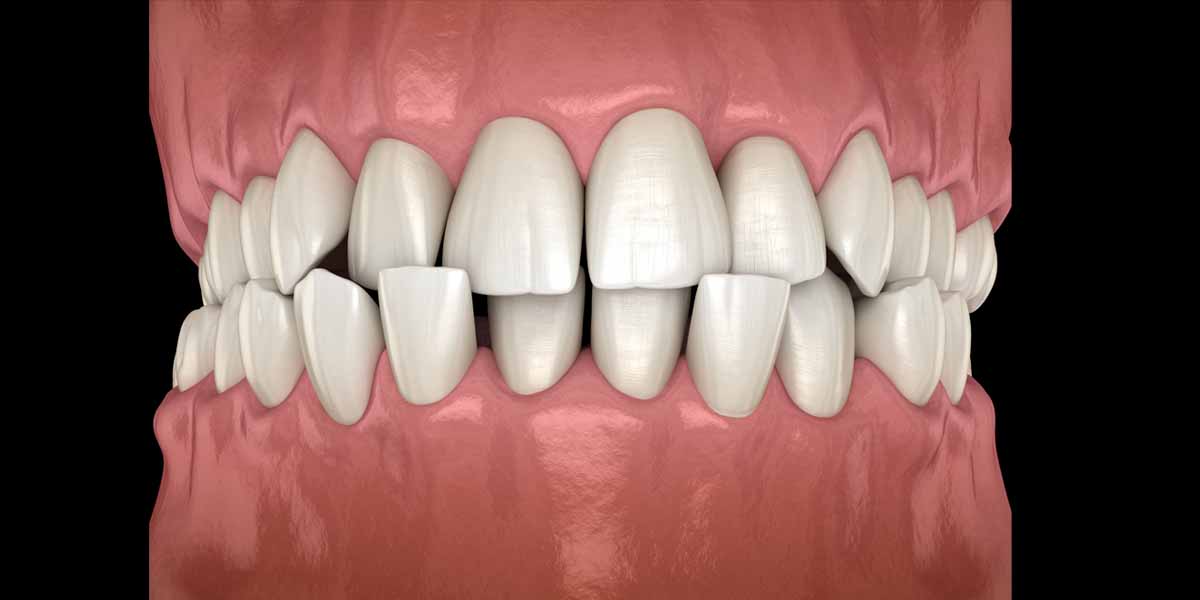
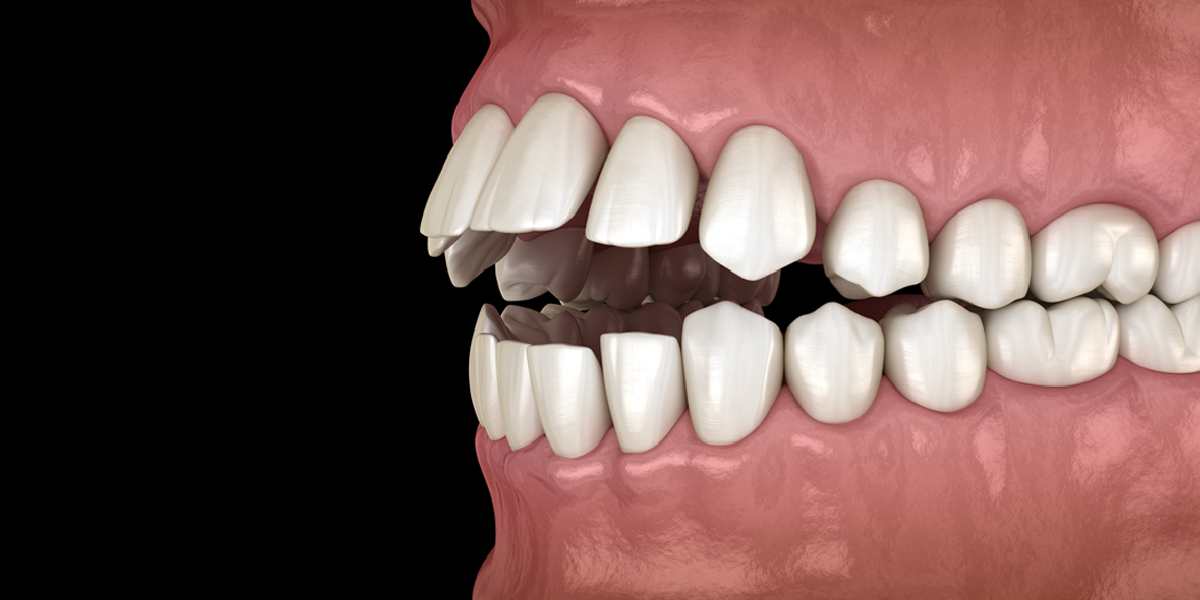
2.jpg)
